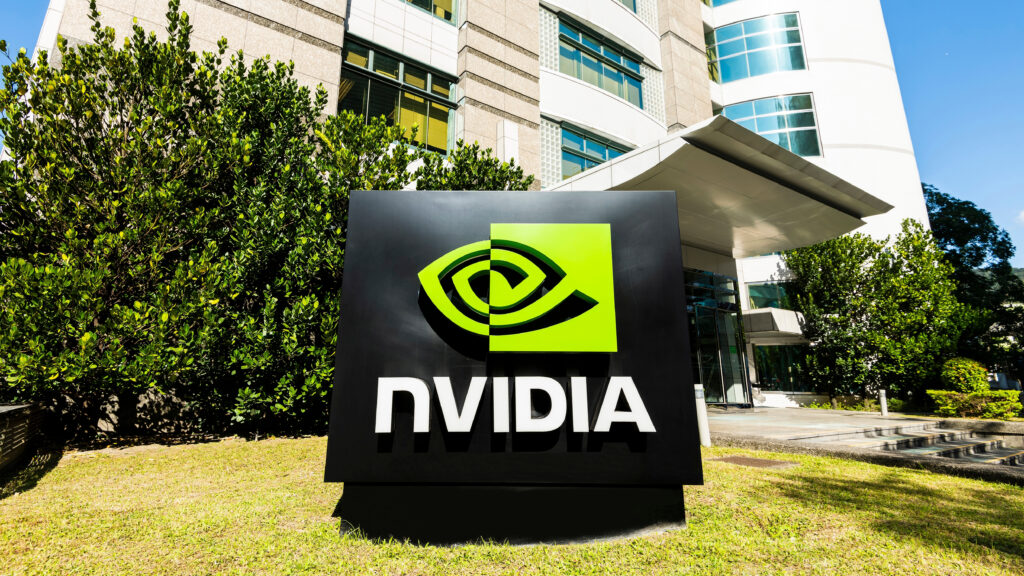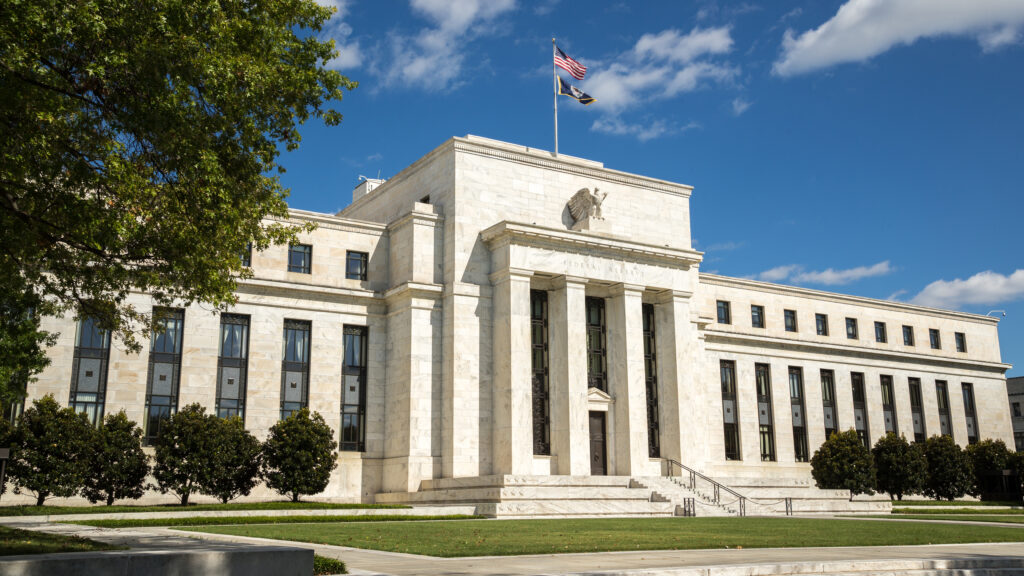LYFT shares tanked, down 25% to $23, after reporting ridership and revenue metrics which missed Wall Street forecasts. The company posted first quarter revenue which topped estimates, coming in at $876 million, versus the $846 expected. However, it guided to revenue of $975 million for the second quarter, which was short of the $1.02 billion analyst estimate.
Additionally, active riders were up only 32% year-over-year to 17.8 million while the estimate called for 18 million. The company also missed on the cash on its balance sheet, ending the quarter with a balance of $215 million, versus the $523 million expected by analysts.
On the positive side, the company reported EBITDA of $54.8 million, far exceeding the average expectation of $14.4 million. Revenue per active rider jumped 9% year-over-year to $49.18, which similarly beat the consensus.
Furthermore, the miss on the active riders metric was partially due to the seasonal weakness in bike ridership during the winter months. The company’s CFO also guided towards a much stronger second-half of the year.
Lyft’s strategic decision to focus purely on rideshare also stands in contrast to its main competitor Uber’s decision to incorporate food and grocery delivery into its business model. Uber’s diversification has helped protect the top-line from the effects of the Omicron variant to much greater degree than Lyft.
For example, Lyft’s revenue last year was still 11% shy of its 2019 figure, while Uber’s FY 2021 top-line was 34% higher than the figure recorded in 2019.
As the pandemic becomes an endemic in much of the world, new variants such as Omicron should have a reducing impact on Lyft’s business. The weak second quarter forecast was also exasperated by a dearth of drivers and the sharp increase in gas prices.
Higher fuel prices mean that alternative competitors to rideshare services, such as public transportation, become more attractive. Moreover, a lack of availability of drivers generally means longer wait times for riders, which in-turn results in cancelled trips. Management indicated that this shortage would improve through the course of the year.






